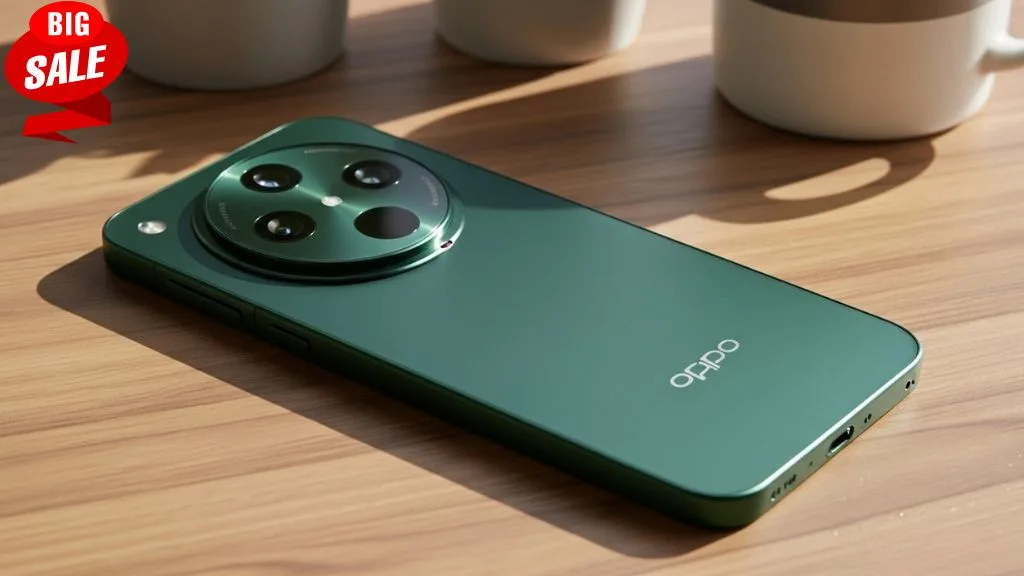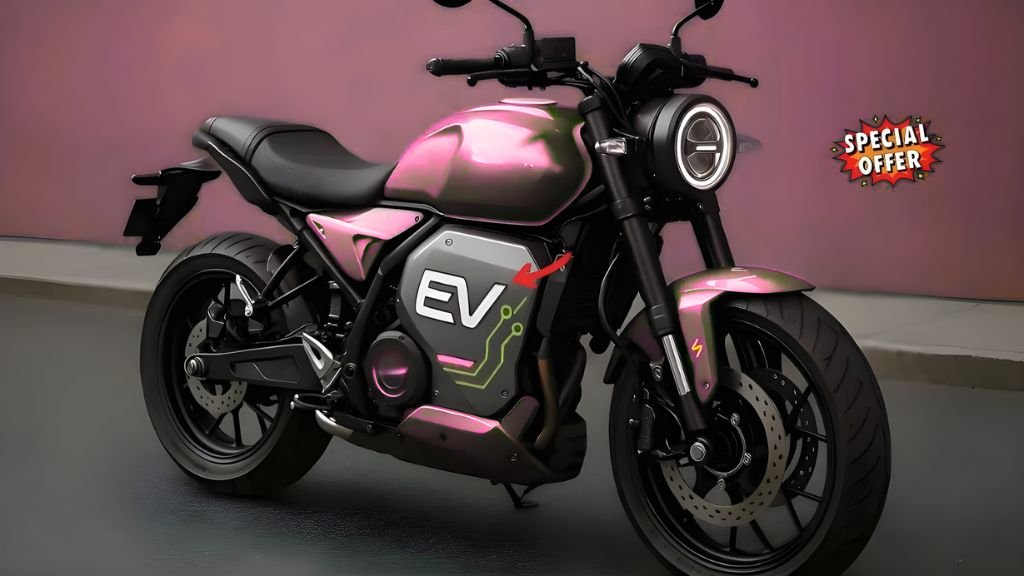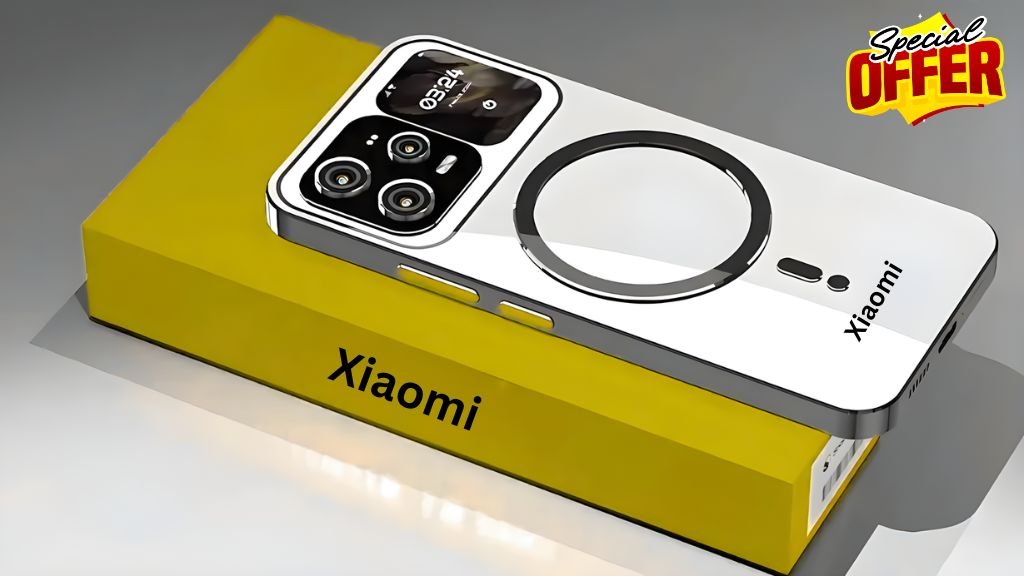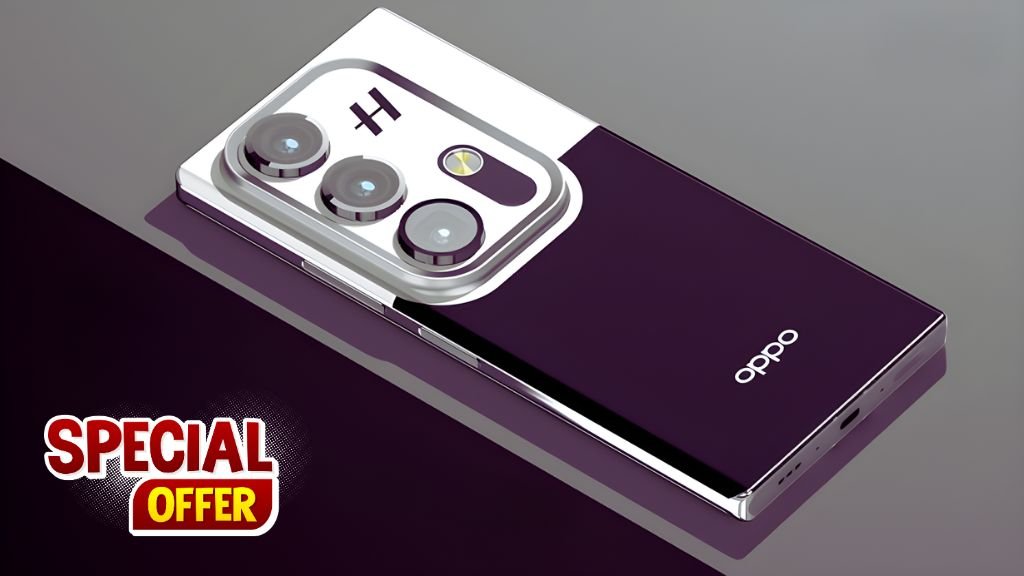The phrase “OPPO Find Pro Launched” has been buzzing across gadget circles, and with good reason. In markets and media, “Find Pro” colloquially points to OPPO Find Pro Launched Pro-grade flagship from the Find X family—most recognizably aligned with the OPPO Find Pro Launched generation that has shaped the brand’s 2024–2025 vision for AI imaging, top-tier performance, and long-life batteries.
In this deep dive, we unpack the design philosophy, display tech, performance ceilings, thermal engineering, camera science, charging speeds, connectivity stack, audio and haptics, durability, software roadmap, security features, gaming chops, creator-focused workflows, and long-term reliability promises that define the “Pro” experience. Our goal is simple: give you a crystal-clear, search-optimized, reader-friendly guide you can trust—minus the fluff.
Design Language: Minimal Curves, Max Utility
OPPO’s “Pro” playbook has evolved from flashy silhouettes to function-first craftsmanship. The updated chassis channels a refined, softly curved back panel that melts into a precision-milled frame for a naturally secure grip. The camera island, often a design signature, is blended into the back with a smooth radius to prevent snagging on pockets while adding a premium geometry that immediately reads “flagship.” Materials matter at this tier: reinforced glass or ceramic-like composites help resist micro-abrasions, while carefully chosen textures reduce slipperiness without attracting lint.
What stands out in hand is balance—weight distribution keeps fatigue at bay during marathon reading or camera sessions. Subtle antenna breaks and an IR blaster slot are neatly integrated, and the tactile feedback of the power and volume keys has been tuned to avoid “mushy” presses. The colorways emphasize timelessness—deep neutrals, clean whites, and a refined metallic tint—so your phone looks boardroom-ready on day one and still gallery-worthy months later. The design philosophy isn’t just aesthetics; it’s durability, comfort, and a professional presence that elevates day-to-day use.
Display Brilliance: LTPO, Adaptive 120Hz, Daylight Dominance
A “Pro” panel is supposed to do more than pop in a dark room; it has to dominate in harsh noon sunlight, protect eyes at low brightness, and render color faithfully for creators. Here, OPPO Find Pro Launched high-end LTPO AMOLED checks the right boxes: adaptive 1–120Hz refresh for power efficiency and silk-smooth scrolling, high instantaneous peak brightness for legibility under the Indian sun, and a tight Delta-E calibration that brings color accuracy you can trust. Motion rendering during fast-paced video or competitive gaming feels glue-to-finger thanks to optimized touch sampling and low-persistence tuning.
HDR video, from vibrant sports feeds to neon-lit dramas, gets the lift it deserves thanks to dynamic tone mapping. The panel also supports granular dimming and DC-like flicker mitigation to reduce eye strain during late-night reading. If you’re a photo or video editor, wide-gamut color and consistent white balance across brightness levels means fewer unpleasant surprises when your work moves from phone to laptop. In short, this screen is more than a spec sheet win; it’s a reliable canvas for creators and a comfort-centric panel for power users who read, watch, and work for hours.
Performance Core: Next-Gen Silicon Meets Trinity-Style Optimization
The “Find Pro” DNA marries cutting-edge chipsets with OPPO’s system-level optimizations to keep performance spiky when you need it and miserly when you don’t. On paper, the flagship-class SoC (think top-tier 3nm silicon) brings big-core CPU bursts and a next-gen GPU that laughs at heavy render pipelines. In practice, OPPO Find Pro Launched memory management and scheduler logic reduce context-switching overhead so apps resume instantly and multitasking feels effortless.
Large models for on-device AI features—image remastering, scene detection, voice tasks—run with lower latency because the firmware pre-positions compute in thermal headroom where possible. Storage matters too: UFS 4.x speeds minimize stutter when exporting big edits or loading open-world games. You won’t chase “performance mode” toggles every hour; the phone intelligently picks the right power state for smoothness without torching your battery. That measured, sustained performance is the hallmark of a “Pro” experience—quietly, consistently fast rather than sporadically explosive.
Thermals and Sustained Speed: Cool Under Pressure
Thermal engineering is where many flagships stumble, especially in India’s hotter climates. OPPO Find Pro Launched vapor-chamber array and graphite layering aim for even heat spread, avoiding hot spots near the thumb zone. The system favors sustained GPU frequencies over brief fireworks, which means your fifteenth minute in a demanding title looks a lot like your fifth. Throttling still happens—physics insists—but it happens gently and predictably, preserving touch response and frame pacing.
During video capture, especially 4K and long HDR clips, heat creep is kept in check with intelligent thermal prioritization and camera pipeline efficiencies. The net effect is confidence: you can edit, render, play, and shoot for longer without the distraction of a phone that turns to toast. For creators and gamers alike, stability is a bigger win than a momentary benchmark crown.
Camera System: Pro-Grade Optics, AI-Savvy Processing
The “OPPO Find Pro Launched” formula focuses on clarity, color science, and reach. Expect a large-sensor main camera that captures clean detail with low-noise shadows, an ultra-wide that avoids mushy corners with strong edge sharpness, and a periscope telephoto for genuinely useful mid-to-long zoom. Where OPPO leans in is computational photography: AI scene segmentation, subject isolation, and tone mapping that respects skin tones and maintains texture fidelity in hair, foliage, and fabric.
Night portraits benefit from multi-frame fusion that brightens faces without bleaching out ambient neon. A creator mode gives you flat color profiles and locked exposure tools for easier grading. Video features—4K60, horizon lock, stabilized telephoto—make this a pocket studio for vloggers. Macro and 2x/3x portrait modes act like “digital primes,” letting you compose deliberately. The best part? The camera holds its character across lenses, so your album looks cohesive rather than stitched together from three different phones.
Battery Strategy: Big Cells, Smarter Drink
A flagship you fear to unplug is not a flagship. The “OPPO Find Pro Launched” playbook pairs a high-density cell—approaching or exceeding 5,800–6,000mAh class in the latest wave—with adaptive charging algorithms that learn your schedule to reduce battery wear. Fast wired charging gets you meaningful top-ups in coffee-break windows, while efficient wireless keeps your desk blissfully cable-free. Crucially, the system prioritizes battery health with thermal caps and trickle-finish logic to avoid the stress of sitting at 100% for hours.
Weekend travelers will notice: casual use stretches well into a second day, and even photography-heavy outings feel safe without a power bank. Reverse wireless is handy for earbuds and wearables—small conveniences that add up in real life.
Charging Tech: Speed With Safety
Fast charging is fun until it ages your battery. OPPO Find Pro Launched approach layers protections at the cell, controller, and cable levels, monitoring impedance, temperature, and voltage ripple. The latest SuperVOOC-class protocols push triple-digit wattage responsibly, with thermal sensors spread across the board and connector. You can fire from 20% to 70% rapidly, then ease into a gentler topping cycle. The software also offers “Smart Charging Protection” that times overnight fills to complete right before you wake. It’s grown-up speed—fast, but not reckless.
Connectivity and Standards: 5G, Wi-Fi 7, eSIM, and Beyond
A “Pro” phone should be a network chameleon. Dual 5G with strong carrier aggregation keeps your video calls stable on the move. Wi-Fi 7 support (where available) tames congested apartments with higher throughput and lower latency, great for cloud gaming or transferring big media folders to your laptop. Bluetooth 5.4 improves audio stability for multipoint earbuds, and NFC handles tap-to-pay plus quick accessory pairing.
eSIM support adds travel flexibility—spin up a local data plan in minutes without hunting for a kiosk. The radio design aims for consistency across grips and orientations to minimize those frustrating one-bar dips in real-world use.
Audio and Haptics: Cinema in a Pocket, Precision in Every Tap
Stereo speakers tuned for wider soundstage and vocal clarity are table stakes, but the “Find Pro” experience tries to lift midrange presence so podcasts and dialogues shine without harshness. Loudness goes up without distorting cymbal splash or smearing bass. With wired or high-bitrate Bluetooth codecs, you get dynamic range that flatters lossless libraries.
Haptics, handled by a linear motor with tightly timed waveforms, feel precise—typing clicks, camera shutter taps, and gesture feedback all register with premium tactility. It’s the kind of polish you notice on day one and miss when you switch away.
Durability: Water, Dust, and Everyday Life
IP68-class sealing (and in some builds, enhanced splash resistance around microphones and ports) keeps anxiety low at the pool or the monsoon window. Glass panels get stronger with each generation—think higher scratch resistance without compromising touch accuracy. Aluminum frames and carefully placed drop-resistance brackets around vulnerable components reduce repair risks.
OPPO’s long-term reliability testing—thermal cycling, sweat and salt spray, button and USB-C insertion cycles—aims to simulate years of abuse. The result is a device that’s not just stunning on a spec sheet but resilient in the messy reality of daily life.
Software Experience: Clean, Cohesive, and AI-Forward
The modern “OPPO Find Pro Launched” take on ColorOS leans cleaner, faster, and more privacy-aware. Animations snap into place, toggles are easy to find, and the launcher avoids fuss. AI features are where the brand flexes: image remastering for upscaling old family photos, semantic search in the gallery, live transcription in the recorder, and smart summaries for long screenshots.
The focus is on time saved—turn a messy note bundle into a tidy checklist, extract text from a whiteboard in a single tap, or draft a polished caption from a rough prompt. Crucially, many tasks happen on-device for latency and privacy. If you value a phone that helps rather than interrupts, this is the quiet superpower you’ll feel every day.
Security and Privacy: Trust Built-In
A fast, accurate in-display fingerprint sensor pairs with face unlock tuned for ambient lighting shifts. Private Safe and App Lock isolate sensitive files and chats. Microphone and camera indicators—plus per-app permission dashboards—make it obvious when something wants access. System updates ship on a predictable cadence so vulnerabilities are patched promptly. For business users, work profile segregation keeps personal and professional data cleanly separate. It’s security you don’t have to babysit.
Gaming: Frames, Touch, and Thermal Grace
Gamers care about three things: frame pacing, input latency, and comfort. The “Find Pro” recipe tackles all three. Adaptive scheduling keeps the GPU in its efficiency sweet spot for smooth 60/90/120fps targets, while touch latency minimization and high sampling rates make fine-aim shooters feel natural. Thermal grace—maintaining comfort in your grip zone—means longer sessions without sweaty palms. Game tools add instant-reply overlays and screen-recording without killing frames, and per-title profiles lock your favorite balance of quality vs. battery.
Creator Toolkit: From Capture to Publish
For creators, the phone is a mini production studio. Pro video modes with zebra and focus peaking help nail exposure and sharpness. LOG-style profiles and 10-bit capture add grading latitude. Stabilized long-lens video unlocks cinematic compression without the jelly wobble. In photo, RAW options with consistent lens profiles make multi-lens edits feel coherent.
The gallery’s AI curation groups shoots by subject and scene so you can surface the hero shots fast. Export times are brisk, and social apps hook straight into the share sheet so your workflow is capture → grade → publish, all in minutes.
Battery Longevity and Care: Built to Last
Beyond daily runtime, long-term health matters. Adaptive charge limits and learned schedules are joined by cell chemistry that tolerates frequent fast-charge cycles. The system can cap to 80% overnight if you choose, boosting lifespan. Diagnostics track cycle count and estimated capacity so you can plan service proactively. For users who keep phones two to three years, this attention to battery aging isn’t just marketing—it’s money saved and frustration avoided.
Ecosystem and Accessories: A Cohesive Setup
Pairing with OPPO Find Pro Launched earbuds, smartwatches, or laptops is frictionless: tap-to-connect pop-ups, automatic audio handoff, and cross-device clipboard make the whole greater than the sum of parts. If you travel, compact GaN chargers and rugged cases are available, along with magnetic grips and creator stands that complement the Pro’s imaging strengths. Whether you’re optimizing for work or weekend shoots, the accessory ecosystem feels considered—not an afterthought.
Who Should Buy the “Find Pro”: The Use-Case Reality Check
If your phone is your main camera, your portable office, and your evening entertainment system, the “Find Pro” profile fits like a glove. Travelers will love the battery stamina, creators will exploit the periscope telephoto and color-faithful display, gamers will appreciate sustained frames and cool touch points, and professionals will value security, reliability, and a distraction-free UI. It’s not the cheapest flagship, but when you tally the hours saved and shots captured, the value story is compelling.
Buying Advice: Storage, RAM, and Color Picks
For most, a mid-tier storage variant (512GB) hits the sweet spot—enough room for 4K footage and large app libraries without flirting with full. If you edit video on-device or keep big offline media, 1TB is practical, not indulgent. RAM at 12GB is already plenty; 16GB buys you headroom for future apps and heavier AI features. Color is more than taste: lighter finishes hide micro-scratches better, darker tones feel stealthy and business-class. Pick a case that complements the camera island geometry so it sits flat on desks.
Sustainability and Service: The After-Purchase Promise
Eco packaging trims plastics, while repair manuals and parts availability reduce e-waste by extending device life. Regional service networks promise quick turnaround on common fixes—battery, display, port—so you’re not stranded. Software support timelines are increasingly transparent, with multi-year OS and security windows. When brands invest here, it shows respect for your wallet and the planet—and it’s a key reason many users stick with the Find Pro lineage.
Conclusion
“OPPO Find Pro Launched” isn’t just a line in a headline—it’s shorthand for a mature flagship formula that blends elite hardware, nuanced software, and creator-first imaging into a device you can count on daily. It’s fast without drama, bright without glare, capable without complexity. If you want a phone that works as hard as you do—whether that’s landing the perfect night portrait, editing a short on the fly, or grinding ranked matches—the Pro blueprint delivers the confidence you feel every time you reach for it.
FAQs
Q1. Is “OPPO Find Pro” the same as the Find X-series Pro model?
Yes—“Find Pro” is commonly used by shoppers and media as a shorthand for OPPO Find Pro Launched Pro-tier flagship in the Find X family, aligning with the newest Pro generation available in your region.
Q2. How does the Pro model differ from the standard Find variant?
You typically get a larger, brighter LTPO display, a more advanced camera stack (often with periscope zoom), bigger battery capacity, faster charging, and enhanced thermals for sustained performance.
Q3. Is the Pro camera good for low light and portraits?
Absolutely. Large sensors, multi-frame fusion, accurate skin-tone mapping, and stabilized telephoto options combine for clean, detailed night shots and flattering portraits with natural depth.
Q4. What about software updates and long-term reliability?
The Pro line prioritizes a stable update cadence for OS and security patches, reinforced materials, and battery-care features that help preserve capacity over years—not just months.
Q5. Should creators pick higher storage and RAM?
If you shoot 4K video, edit on-device, or juggle AI-heavy workflows, 512GB/1TB storage and 16GB RAM are smart upgrades that keep performance smooth and your media library ready to roll.







